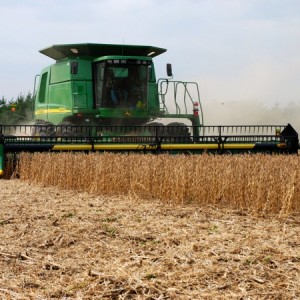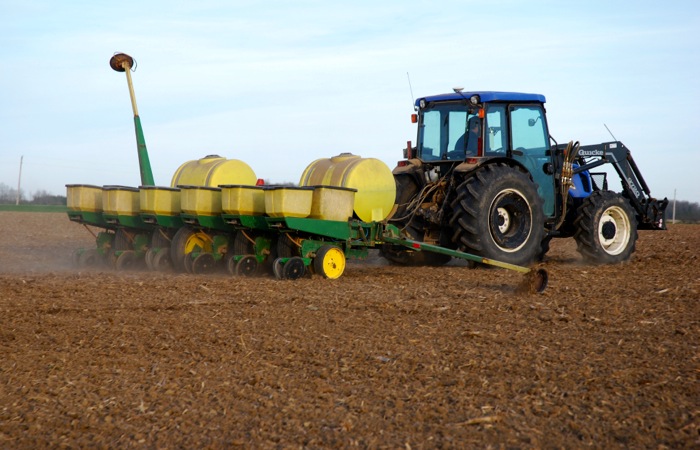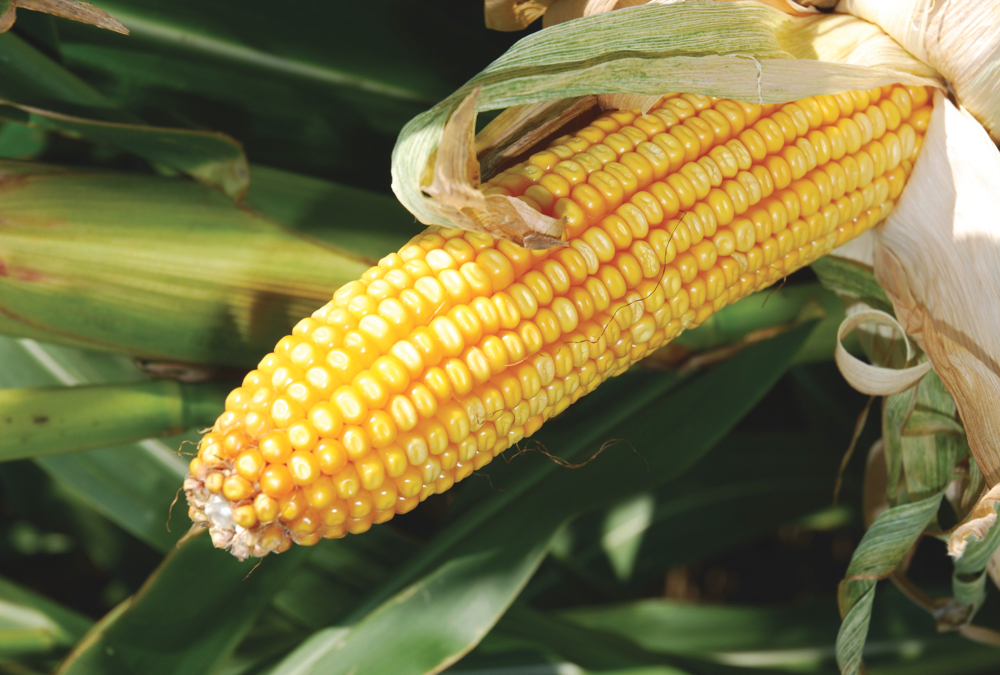Biotechnology has been part of the farm landscape for nearly a generation, becoming a staple of agriculture in North America and spreading around the world. Yet there is still a vocal minority of non-farmers who are opposed to biotechnology. And it can seem like their number and their power is growing.
Now the question is, are farmers inevitably going to be pushed backwards in time, losing their biotech gains at the very moment when the world needs more grains and oilseeds than ever?
A glance at the headlines seems to justify the concern. Anti-GM labelling campaigns, angry mothers lobbying Washington, China rejecting GM corn… such reports used to seem easy to dismiss as fringe, sensationalist or mercenary, but they’re not so easy to ignore anymore. Today, they’re in mainstream media, and they’re shaping the ground that farmers have to work in.
Need to stay positive
Amid the negativity, there are good news stories too. The consensus in the agri-food industry, for instance, is that it isn’t a majority of consumers who are opposed to biotech. It’s still the vocal minority.
And the consensus is also that the majority can still be reached with relevant, factual and balanced information.
“What we are faced with is the fact that very few Canadians have the same connection to agriculture as they once had,” says Nadine Sisk, vice-president of communications and member services with CropLife Canada. “Our research indicates that people don’t even understand the impact of weeds in a field — so they don’t understand that farmers want to keep weeds out of their fields.”
For Sisk, educating consumers who know so little about the farm is now a complex, long-term process.
From Syngenta Canada’s perspective, there are two messages that agriculture must succeed in getting across, says Chris Davison, head of corporate affairs for the company. First is that agricultural biotech can and does improve productivity. In other words, if farmers are to have any chance of feeding our surging global population, they need biotech.
Read Also

Producers aren’t panicking over tariffs and trade threats
The influence of tariff and trade uncertainity on farm business decisions.
“Secondly, I would say that science and safety still have to be our bedrock,” says Davison. “We have a track record with biotechnology that supports that.”
There are other messages too, Davison agrees. “But we have to start with those.”
In other words, the discussion starts with agreement that we must feed the world, and also with the agreement that science is our best guide to ensuring we do it safely and wisely.
Such a conversation gets away from a polarized “either/or” start, Davison says, and it reframes the discussion in a spirit of dialogue and collaboration.
Farming came first
Trish Jordan, public and industry affairs director with Monsanto Canada, concedes that in the early days of biotechnology, the agribusiness sector overlooked the consumer.
“That was probably a mistake on our part,” Jordan now says. “We were so busy focusing on our customer, who is the farmer, that we didn’t realize that the whole issue of food and farming and where your food comes from and how it’s grown was something that consumers wanted to know.”
Now, says Jordan, companies like Monsanto see the need to branch those discussions out, talking not only to farmers and shareholders, “but also talk- ing to consumers like mothers, millennials, the food-minded — because that’s where these discussions are happening.”

When agriculture let the opportunity slip, other groups jumped in and started claiming that space. The result has been a mass of biotech misinformation.
Now, farmers and industry are tackling that challenge, often hand in hand. And they have made a crucial decision.
That is to focus on those who are willing to listen, instead of trying to convert those who never will.
They are also getting more scientific. Surveys in 2012 and 2014 by the U.S.-based research group Sullivan Higdon & Sink found friends and family are more trusted as sources of information about food production than the U.S. Department of Agriculture (USDA) or the Food and Drug Administration (FDA).
In the 2012 survey, those numbers were 66 per cent for friends and family, 59 per cent for the USDA and 57 per cent for the FDA. By 2014, each of those numbers had fallen, (57, 52, and 51 per cent respectively) but the relative rankings still held, with one exception. Farmers and ranchers held 53 per cent of trust in both years.
That sparks a comment from Jordan. Farmers have been urging the biotech companies to “do something” to help them. “But we also say, ‘Growers, you’re the most credible source of information available out there,’” says Jordan.
“You have to share your story, you have to partner with us, you have to find ways to get creative, you have to start blogging, you have to invite people out to your farm, you have to get out and talk to students in the classroom,” Jordan says. “And there’s a ton of that going on.”
But not enough.
It’s one more reason why there’s a growing consensus that agriculture needs to do more.
“The vast majority of people who have questions about GMOs want to know — they’re curious, ” Sisk says, but then adds, “they find it difficult to know where to go for information.”
Continues Sisk: “Once we start answering those questions and explaining to them not only the reasons why plant biotech exists, but the potential for this technology to deliver benefits that are good for the world, people get much more comfortable, and are much more willing to accept the rationale for the technology and the fact that it’s regulated, it’s researched and it’s safe.”
Sisk says she has seen it work, seeing participants in focus groups who start out opposed to the technology change their views once biotech’s potential to reduce hunger or to prevent allergies or provide food-health benefits are outlined.
Davison says it helps too when consumers see why farmers opt for biotech. “We’ve seen (biotech crops) go from in the neighbourhood of 1.7 million hectares (4.2 million acres) globally in 1996 to more than 175 million hectares (432 million acres) in 2013,” he points out. “That’s been driven by farmer use of this technology.”
At the same time, adds Davison, there’s increasing public interest in where food comes from. Farmers have demonstrated their commitment to the technology, and agribusiness continues to support the technology; now comes the part where the commitment involves those who are interested in learning more about food production as well.
Says Davison: “That’s part of the stewardship of the technology.”
Sisk says people who aren’t communicators or may not have a stronger science background can check out “Confident Conversations.” It’s an initiative designed to help such people have those conversations at the hockey arena or at a community barbecue. Sisk also points to individuals such as Mark Lynas, Hilary Clinton and Neil deGrasse Tyson as champions of genetic modification and GMOs, and that more has to be done to find such influential supporters.
As an advocacy group, there’s also the Council for Biotechnology Information and its Speak-Up Group, which is a collective of academics, media, teachers, farmers and dietitians for sharing insights on how to get the biotech across.
There’s no final report that comes out of these meetings, and no report card, says Jordan. They’re just a dedicated group of individuals pledged to stop the misinformation when they see it.
For more information, visit gmoanswers.com or croplife.ca.
This article was originally published as a Soybean Guide feature in the October 2014 issue of Country Guide

















